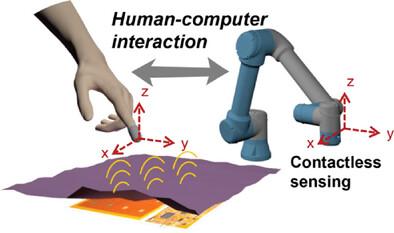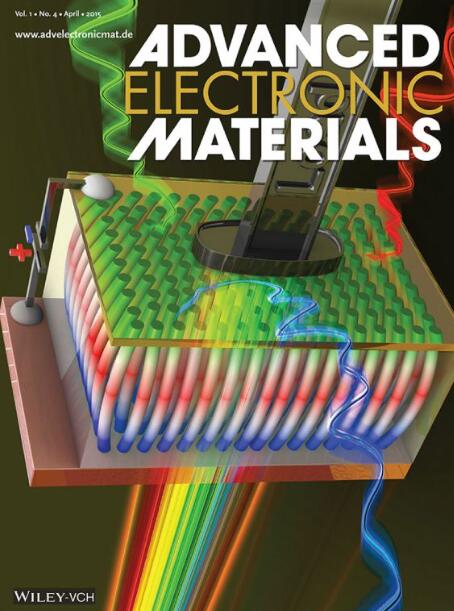Contactless Triboelectric Sensing for Real-Time 3D Motion Recognition in Human-Computer Interaction
IF 5.3
2区 材料科学
Q2 MATERIALS SCIENCE, MULTIDISCIPLINARY
引用次数: 0
Abstract
In the rapidly advancing fields of artificial intelligence and the Internet of Things, there is a growing need for human-computer interaction (HCI) solutions that are not only intuitive but also efficient and easy to use. Triboelectric nanogenerators present a promising approach to developing wireless human-machine interfaces, offering advantages such as simple operating principles and flexible, adaptable designs. This study introduces an HCI system that leverages a contactless triboelectric detector (CTD) to classify complex motion patterns in 3D space. The CTD system consists of a contactless sensing panel, a silicone rubber finger sleeve, a signal acquisition circuit, and a mobile terminal, which together enable the seamless acquisition and classification of weak wireless signals. One of the key benefits of the system is its lack of active energy consumption, making it highly energy-efficient. Additionally, its simple structure and ease of deployment make it an attractive option for various applications. Experimental results illustrate that the proposed system has significant potential for interactive perception in industrial environments. With a motion recognition accuracy of 99.33%—including for intricate motions such as spiral curves—this system demonstrates its potential as a next-generation solution for wireless HCI systems.

求助全文
约1分钟内获得全文
求助全文
来源期刊

Advanced Electronic Materials
NANOSCIENCE & NANOTECHNOLOGYMATERIALS SCIE-MATERIALS SCIENCE, MULTIDISCIPLINARY
CiteScore
11.00
自引率
3.20%
发文量
433
期刊介绍:
Advanced Electronic Materials is an interdisciplinary forum for peer-reviewed, high-quality, high-impact research in the fields of materials science, physics, and engineering of electronic and magnetic materials. It includes research on physics and physical properties of electronic and magnetic materials, spintronics, electronics, device physics and engineering, micro- and nano-electromechanical systems, and organic electronics, in addition to fundamental research.
 求助内容:
求助内容: 应助结果提醒方式:
应助结果提醒方式:


